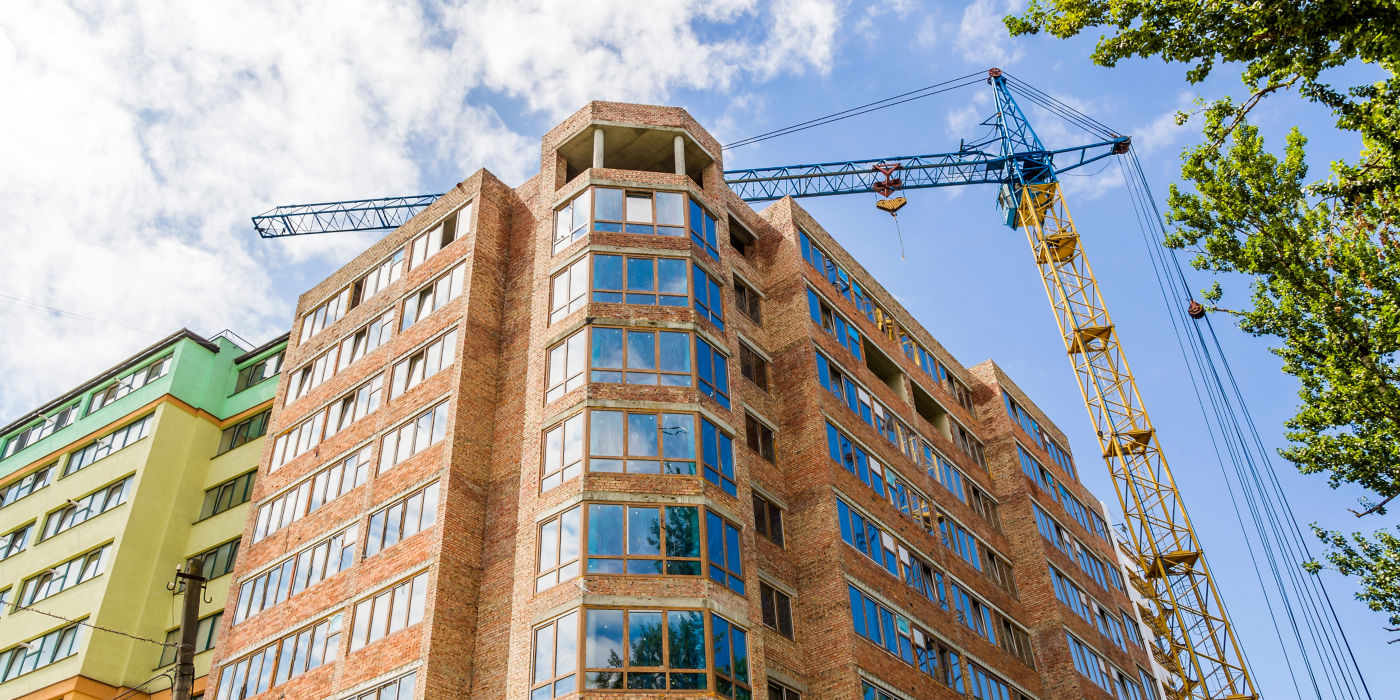Renovating a building is a valuable opportunity to modernise ageing elevators, helping them align with today’s safety, efficiency, and design standards. Over time, elevators can experience slower operation, increased energy consumption, and more frequent service needs. By integrating elevator modernisation into a renovation project, property owners can enhance the passenger experience, reduce maintenance demands, and support long-term property value—all while potentially reducing the need for costly, disruptive upgrades in the future.
Safety and Compliance Considerations
Older elevators may no longer align with current safety regulations. Modernisation can help improve compliance, mitigate risks, and support a safer experience for users. In Australia, elevators must adhere to safety standards outlined by Australian Standard AS 1735, and modernisation projects help ensure ongoing compliance.
Energy and Cost Efficiency
Newer elevator technologies offer energy-saving features such as regenerative drives, LED lighting, and standby modes, which may contribute to lower electricity use and support sustainability goals. These upgrades align with sustainability certifications like NABERS and Green Star, commonly pursued by Australian buildings.
Performance and Reliability Enhancements
The elevator controller is a key component that manages movement, speed, and efficiency. Upgrading to a modern, digital-enabled elevator controller can improve ride smoothness, optimise wait times, and enhance system responsiveness during high-traffic periods. For example, modernised elevator systems significantly improve peak-hour traffic handling in busy locations like office towers in Melbourne’s Docklands or Sydney CBD.
Aesthetic and Functional Updates
Renovations often involve updating interior spaces, and elevators can be part of that transformation. New materials, lighting, and touchscreen controls may align with a refreshed building design. Elevator refurbishments are often key to revitalising historic buildings across Australia’s capital cities, helping blend heritage aesthetics with modern functionality.
Modernisation Options to Consider
The scope of elevator modernisation varies based on specific building requirements and budget considerations. Common approaches include:
- Component Upgrades – Replacing outdated parts such as elevator controllers, motors, or door systems while retaining the main elevator structure.
- Modular Modernisation– Upgrading essential systems, including the control unit and hoisting mechanism, to enhance performance.
- Full System Replacement – Installing a completely new elevator system within the existing shaft, which may be a suitable option for older systems experiencing frequent service needs.
Planning a Smooth Elevator Modernisation
Before proceeding with elevator upgrades, building owners and managers should conduct a professional assessment to determine the most suitable modernisation approach. Partnering with an experienced elevator service provider can help ensure a well-planned transition with minimal disruption to daily operations.
Elevators That Move People—and Business—Forward
Incorporating elevator modernisation into a renovation plan can support long-term safety, efficiency, and aesthetic goals. Upgrading key components, such as the elevator controller, may enhance system reliability and contribute to a more seamless experience for tenants, visitors, and property owners.
Exploring elevator modernisation? KONE offers solutions designed to enhance safety, efficiency, and performance—seamlessly integrated into your building’s renovation. Contact our experts today to discuss modernisation options tailored to your needs.
